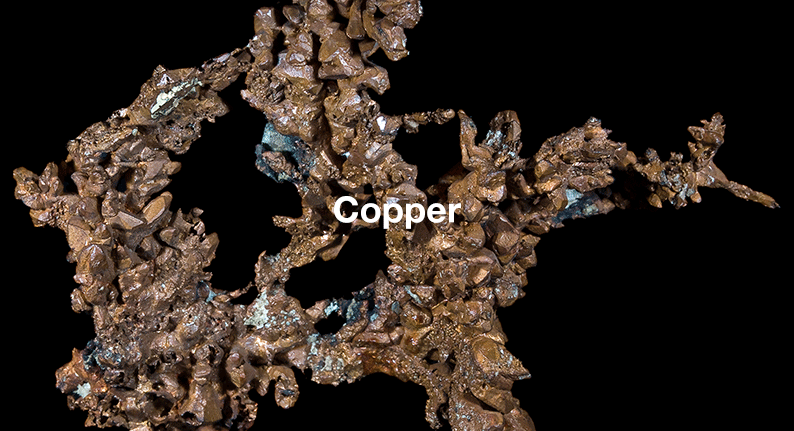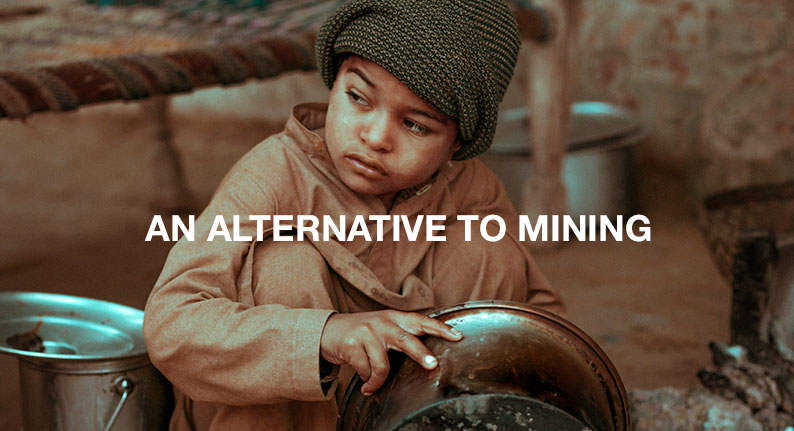Copper Metal Profile
07 Apr, 2020 8:39 AM / by Quek Leng Chuang

Copper is a smooth, reddish-shiny mineral. Amongst gold, silver and tin it is part of the first minerals that humankind was mining. People worked with this abundant material for a very long time already! It’s one of the many metal concentrates we recover at Environmental Solutions (Asia). Here is an outline of the origin and applications of this precious metal.
1. Facts and figures
- Chemical name Cu29
- Latin name cuprum derives from the island cyprus where copper has been mined in the past
- Only 12% copper has been mined so far and almost all of it is still in circulation
- Copper is a very durable material to cover roofs – those can last for more than a few hundred years
- Copper is part of “Nordic gold” an alloy made of 89% copper, 5% aluminium, 5% zink and 1% tin. It does not contain any gold, but looks like it!
- Copper is a heavy metal, but not dangerous for human beings in quantities <0,04 grams
- Copper is antibacterial and kills many micro organisms already at very low concentration levels
- Copper is extremely dangerous for invertebrates e.g. shrimps
2. Natural occurrence and mining

Copper is an abundant material. According to estimations, the world’s copper reserves amount to 5.8 trillion with only around 0.7 trillion pounds (12%) that have been mined already. It makes up for 0,006% of the minerals in the earth’s crust. Quite frequently, copper can be found in its pure form.
This is also a reason why people could already use it in early time for their tools and artwork. However, it was not solid enough to serve as a material for weapons. When people discovered that they could blend copper with tin to obtain bronze, copper became more useful to them.
Worldwide, 3000 copper deposits in many different countries across the world are known. Pure copper has also been sampled from rocks from the moon. In nature, we observe copper in the form of shiny nuggets, dendrites or crystal-like structures. Frequently, copper is also found in the form of ores such as chalcopyrite, which consists of 34,6 % copper, 30,5% iron and 34,9% Sulphur.
Today, most of the copper comes from mines in Chile. Other countries include Peru and the USA. Since 1900, copper production soared from about 1 million tons to 21 million tons in 2019. From this amount, 5,8 million tons alone were mined in Chile. The mining of copper already started during the Stone Age in middle Europe, but today most of the mines there are closed.
The recycling rate of copper is higher than the recycling rate of any other material. Also, the recycling value of copper is very favorable: Premium recycled copper usually has still 95% of the value of primary metal from mining. Therefore, nearly all the copper mined is still in circulation. This makes it important to carefully separate copper products and recycle them so the metal can stay in the circular system and does not go to landfill.
3. Applications
Since ancient times, copper is used as a means of payment, e.g. for coins. Still the 1, 2 and 5 cent coins of the euro currency are made of iron and are surrounded by copper. 10, 20 and 50, Cent coins are made from Nordic gold (see facts).
As copper possesses the second highest electrical conductivity after silver, it is the most frequently used material for electrical lines, power cables and overhead lines. It is very heath and corrosion resistant. This makes it also suitable as a material for heat exchangers and heat sinks.
Copper in its pure form is soft and therefore artists also use it to make it into sculptures and other artwork with hammers. Also, an own print procedure named copperplate engraving exists.
Due to its antibacterial properties, copper serves as an important material also for medical purposes. Even as a non-hormonal contraception method, a copper spiral is can be used.

4. An Alternative to Mining
Environmental Solutions (Asia) helps companies to turn the cost of managing their waste materials to potential revenue. For more information, please contact us.
Topics: Metal Waste, Reimagining Sustainability
Written by Quek Leng Chuang
LengChuang is a chemical engineer and an expert in carbonomics. He is the founder and owner of Environmental Solutions (Asia) Pte Ltd.
